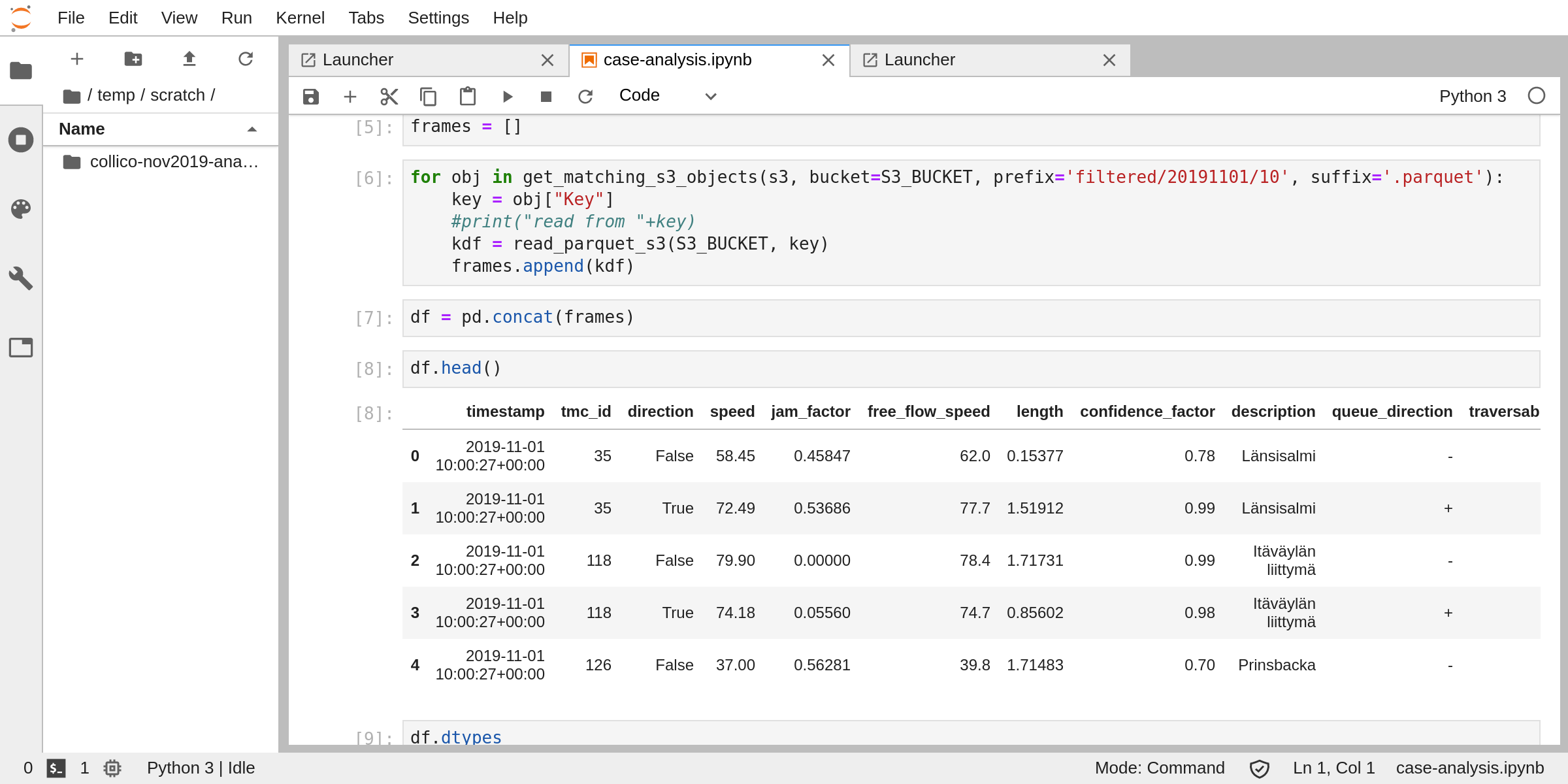
Then you can run it on all of your projects. You only need to install the specific Python application once. Pipx creates isolated environments to run these Python applications. Typically you want to use pipx for tools you want to use across a variety of projects. In fact, it uses pip, but is focused on installing and managing Python packages that can be run from the command line directly as applications. It's roughly similar to macOS's brew, JavaScript's npx, and Linux's apt. Pipx is a tool to help you install and run end-user applications written in Python. I use pipx to install Jupyter Lab in an isolated environment that I can re-use every time I need to use Jupyter Lab or another Jupyter tool (e.g. How can I access the other tools that come along with Jupyter Lab, like ipython?Īfter dealing with Jupyter Lab installations on several computers, I have come up with an approach that works best for me.What other dependencies are in the environment for which I installed it?.Which version of Python was it installed using?.

When you called pip install jupyterlab, where on your computer was it installed?.However, as your number of Python projects grows, so will the complexity of your environment.

These instructions work for getting started.


 0 kommentar(er)
0 kommentar(er)
